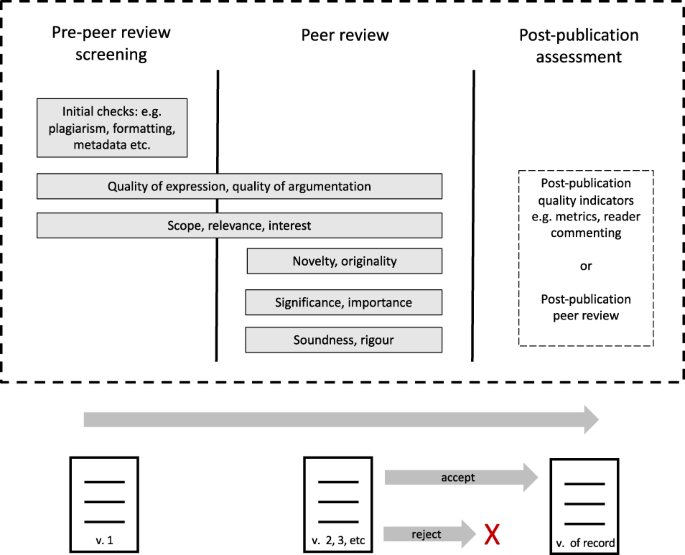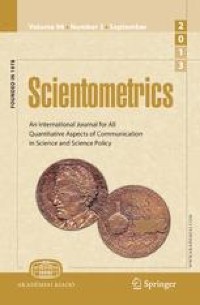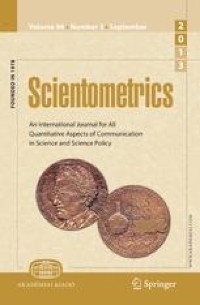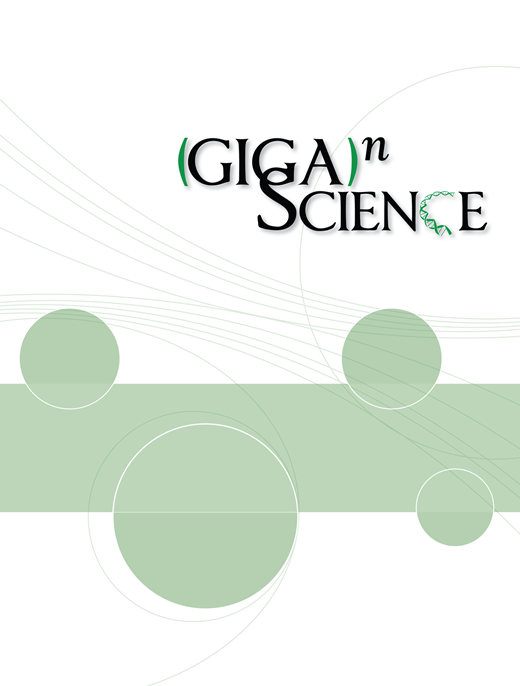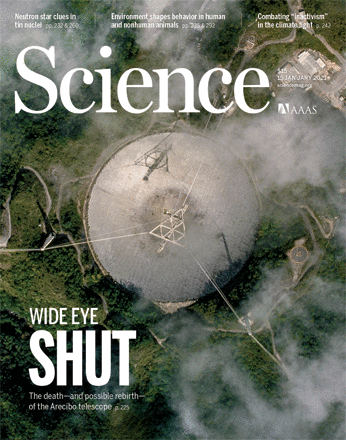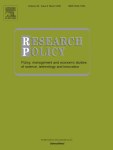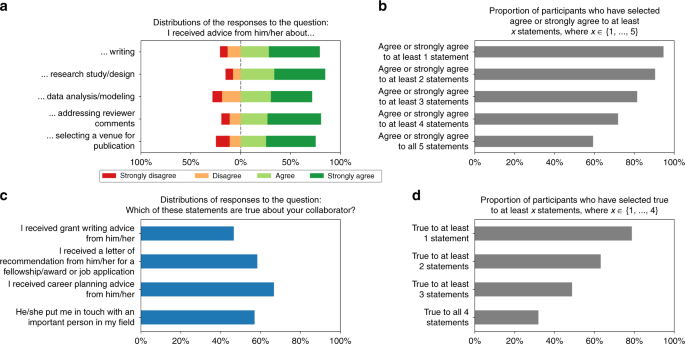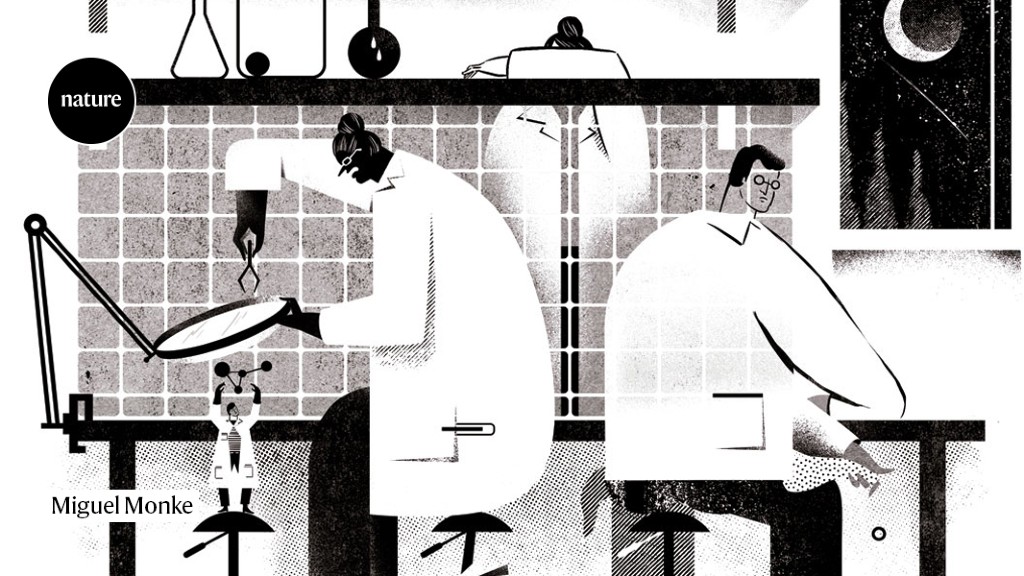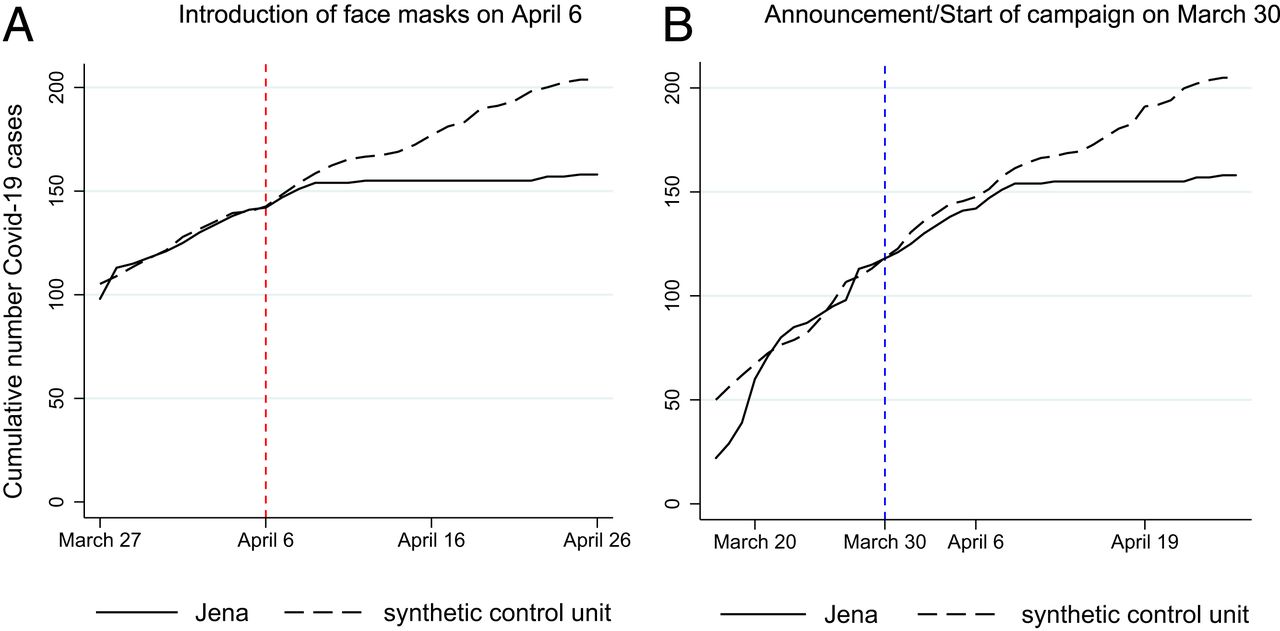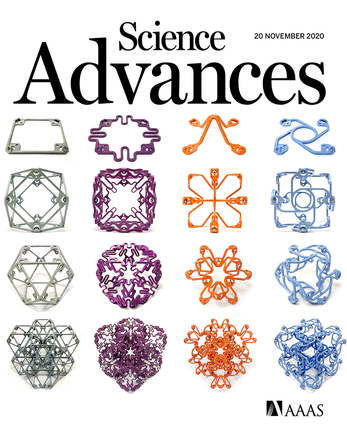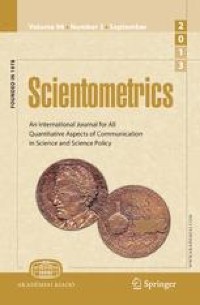The term citizen science refers to a broad set of practices developed in a growing number of areas of knowledge and characterized by the active citizen participation in some or several stages of the research process. Definitions, classifications and terminology remain open, reflecting that citizen science is an evolving phenomenon, a spectrum of practices whose classification may be useful but never unique or definitive. The aim of this article is to study citizen science publications in journals indexed by WoS, in particular how they have evolved in the last 20 years and the collaboration networks which have been created among the researchers in that time. In principle, the evolution can be analyzed, in a quantitative way, by the usual tools, such as the number of publications, authors, and impact factor of the papers, as well as the set of different research areas including citizen science as an object of study. But as citizen science is a transversal concept which appears in almost all scientific disciplines, this study becomes a multifaceted problem which is only partially modelled with the usual bibliometric magnitudes. It is necessary to consider new tools to parametrize a set of complementary properties. Thus, we address the study of the citizen science expansion and evolution in terms of the properties of the graphs which encode relations between scientists by studying co-authorship and the consequent networks of collaboration. This approach - not used until now in research on citizen science, as far as we know- allows us to analyze the properties of these networks through graph theory, and complement the existing quantitative research. The results obtained lead mainly to: (a) a better understanding of the current state of citizen science in the international academic system-by countries, by areas of knowledge, by interdisciplinary communities-as an increasingly legitimate expanding methodology, and (b) a greater knowledge of collaborative networks and their evolution, within and between research communities, which allows a certain margin of predictability as well as the definition of better cooperation strategies.
